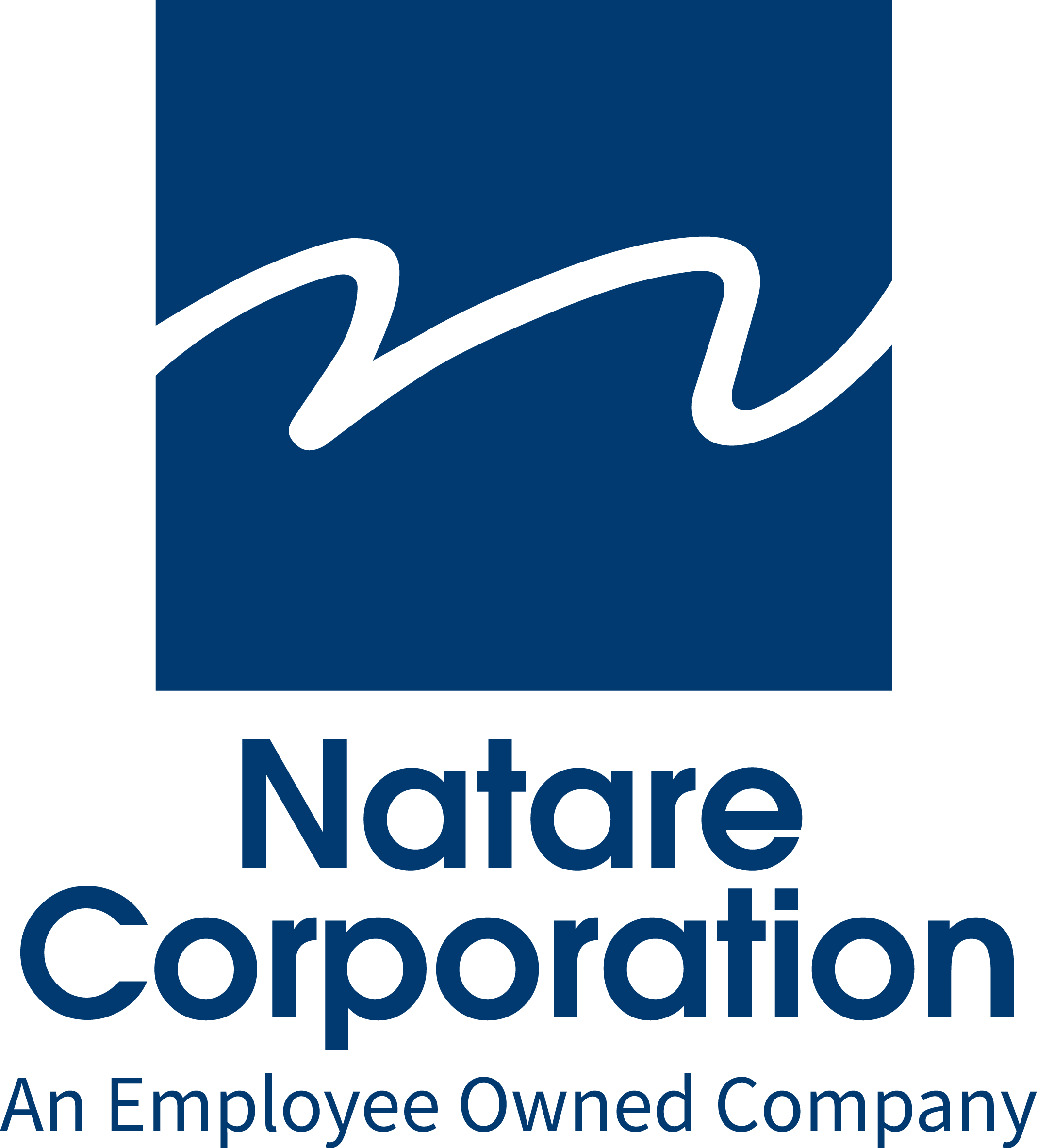When performing ongoing maintenance for a pool, it’s important to know why you are performing specific operations and why you must maintain various levels of chemical concentration. We have seen an extensive amount of pool problems over the years, but there are definitely some “common pool problems” that are easier to diagnose.
Below you will find a quick reference guide on common pool problems and chemical levels commonly considered good practice, separate from the theory.
Common Pool Problems:
Cloudy green water is usually due to algae growth. Immediate superchlorination and maintaining a proper free chlorine residual may solve the problem. An algaecide will also probably be needed. In cases which have progressed beyond the curable stage, drain the pool and scrub the walls and floor with muriatic acid. (Use the acid with great caution.)
Dark and/or slippery spots on the pool bottom or sidewalls are usually due to algae growth. Treat as stated above. Sometimes, sprinkling a few granules of calcium hypochlorite directly on the spots may stop the growth, but this may also cause white spots on a painted or colored liner bottom. Dark, slippery spots in puddles on the pool deck may also be treated with calcium hypochlorite, but the solution should be rinsed thoroughly before allowing patrons to use the area.
Milky cloudiness is usually due to excess dirt particles or to precipitation of calcium compounds. The cloudiness should disappear with adequate chlorination and efficient filtration. Superchlorination will help if the cloudiness is due to organic dirt.
Eye irritation is usually due to improper pH control or build-up of chlorine compounds in the water due to insufficient chlorination. Chlorinate to pass the break-point and maintain the pH constantly at 7.8. Maintain a free chlorine residual of 0.4 to 0.6 ppm.
Green water: If clear, this may be due to dissolved iron, improper use of bromine or iodine or the use of anthracite filters.
Chlorination or Superchlorination will convert dissolved iron to a red-brown precipitate which can be vacuumed and filtered from the pool. Proper pH control will prevent the water from dissolving iron from the pool pipes and filters.
In extreme cases, the settling process can be aided by sprinkling an ounce of powdered aluminum sulfate over each 100 square feet of pool surface. Allow the aluminum to settle quietly overnight. Be sure the pH of the water is above 7.6 before using aluminum.
Other Problems
Every pool, spa or water problem must be regarded as a separate entity. Trouble-shooting pool problems calls for experience and the willingness to accept completely new and unique explanations and solutions. Complex interaction of many factors may produce problems that do not respond to any of the usual remedies. Patience and continual research are often necessary to pinpoint the factors contributing to a particular problem
Chemical Levels:
Differences of opinion exist between pool operators regarding proper chemical values to maintain; however, the following guidelines will produce safe and comfortable pool water.
- For eye comfort and corrosion control, maintain a pH between 7.4 + 0.5.
- Total alkalinity should be between 100 and 120 ppm.
- Non-carbonate hardness should be kept as low as possible.
- Free chlorine residual is subject to Health Department standards.
- A minimum of 0.4 ppm will probably be required.
- It is better to maintain 1.0 to 2.0 ppm if the pH is maintained over 7.5.
- Superchlorination usually refers to a chlorine residual of 5.0 to 10.0 ppm. Any level of combined chlorine above .2 ppm requires superchlorination (and better pool maintenance practices).
- Cyanuric acid, where allowed, should be maintained at 50 to 70 ppm. It should never exceed 150 ppm.
- Calcium hardness levels should be maintained above 200 ppm, but less than 500 ppm.
Chemical Treatment:
Chemicals used to balance and sanitize the water in pools, spas and hot tubs.
pH:
- Sodium carbonate (soda ash) increases pH
- Sodium bisulfate (dry acid) lowers pH
- Hydrochloric acid (muriatic acid) lowers pH
Alkalinity:
- Sodium bicarbonate (baking soda) increases alkalinity
- Sodium bisulfate (dry acid) lowers
- Hydrochloric acid (muriatic acid) lowers
Calcium Hardness:
- Calcium chloride increases hardness; to lower dilute water
Cyanuric Acid:
- Stabilizes chlorine; never dissipates, to lower dilute with fresh water
Chlorine and Chlorinating Products: [effect on pH in pool water at 7.2-7.8 pH range]
- Calcium hypochlorite [alkaline -raises pH] [65% available chlorine]
- Sodium hypochlorite — bleach [alkaline -raises pH] [10-15% available chlorine;
approximately 1 lb. available chlorine per gallon] - Lithium hypochlorite [alkaline -raises pH] [35% available chlorine]
- Di-chloro [acidic —lowers pH] [56-62% available chlorine]
- Tri-chloro [acidic -lowers pH drastically] [90% available chlorine]
- Chlorine gas [acid -lowers pH drastically] [100% available chlorine]
- Superchlorinate by lowering pH and dosing with any chlorine product
Bromine and Brominating Products:
- Bromo-chloro tablets [acid —lowers pH]
- Shock with sodium bromine and peroxymonosulfate [acid —lowers pH]
Metals: Iron, Copper or Other Metals/Metal Salts
- Use a chelating or sequestering compound
TDS:
- The addition of any chemical and the concentrating effects of evaporation will increase TDS. It cannot be lowered by conventional means.
- Add fresh water to dilute.
Algaecides:
- Can be used to prevent or control algae. Use in strict accordance with instructions based upon algae type detected.
- Pools, spas and water features require different treatment and algae control methods.
- Algae does not grow in indoor pools without natural light or special lighting.
Clarifiers:
- Can help to clear cloudy water by coagulating small particles, so they can be coagulated and removed by the filter system.
- Some also work as flocculants to cause particles to clump together.
Shocking or Superchlorinating:
- Adding large quantities of chlorine or non-chlorine products to oxidize organic matter
- Remove ammonia compounds and to kill large quantities of algae.
- Requires a dosages of chlorine to raise the residual to 10+ ppm
- A non-chlorine oxidizer (monopersulfates)
- Hydrogen peroxide, not chlorine is used for biguanide systems
Did this article help? Leave a comment below if you need further assistance with a pool problem or have a question about chemical treatment.

